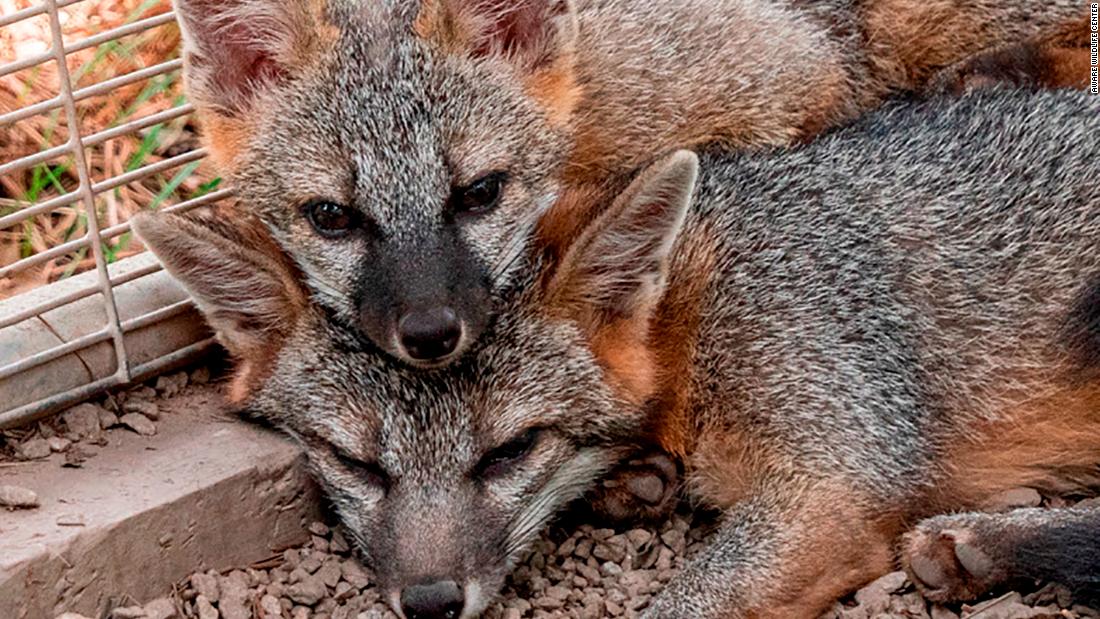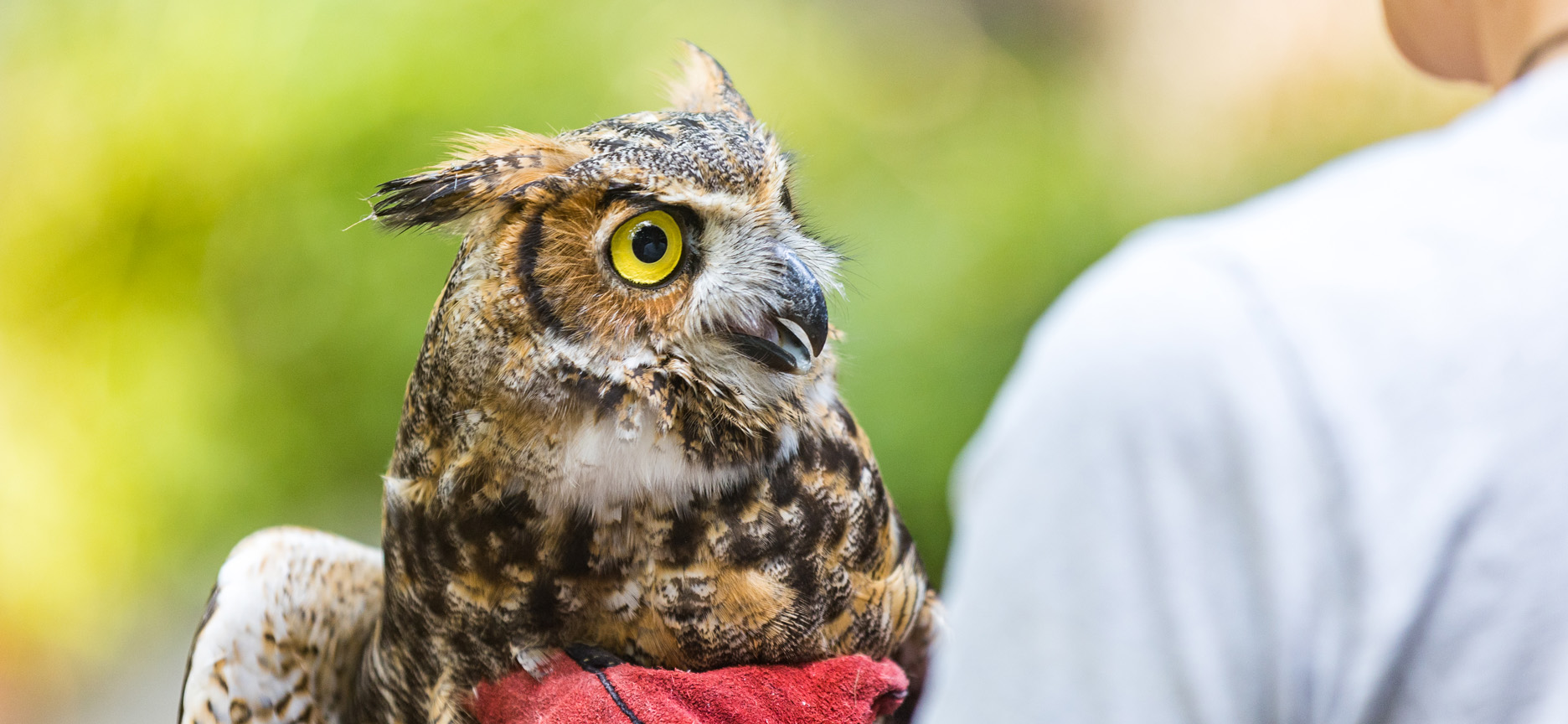The Duty of Burlington Wildlife Rescue in Sustaining Endangered Species
Wiki Article
Effective Wildlife Removal Approaches for a Peaceful Home Setting
In the pursuit of preserving a tranquil space, homeowners frequently deal with the obstacle of wild animals breaches, which can interfere with the tranquility of their environment. Executing efficient wildlife removal methods needs a nuanced understanding of both gentle exemption methods and preventative procedures. By attending to access factors and lowering attractants, one can significantly diminish the likelihood of unwanted visitors. Nonetheless, the intricacy of these approaches usually demands a better assessment of certain techniques and the prospective requirement for expert intervention. What are the essential parts of these techniques, and when should one think about looking for professional help?Identifying Common Wildlife Intruders
Identifying typical wild animals trespassers is a crucial initial step in reliable wildlife monitoring. Understanding the details species that regularly infiltrate industrial and household spaces makes it possible for building owners and wild animals professionals to execute targeted approaches for reducing prospective damages and health dangers. Usual intruders commonly consist of raccoons, squirrels, bats, and various types of rats and birds, each bringing unique difficulties.Bats, while useful for controlling insect populations, can end up being a problem when they roost in attics, possibly spreading out conditions such as histoplasmosis. Birds, consisting of sparrows and pigeons, typically produce unsanitary problems with their droppings, leading to architectural deterioration and health concerns - burlington wildlife rescue.
Humane Exclusion Techniques
Understanding the usual wild animals intruders is the structure whereupon efficient exclusion approaches are developed. Determining species such as squirrels, birds, and raccoons assists in designing gentle exclusion strategies tailored to specific actions and entrance methods. Exemption is a preventative method focused on rejecting wild animals access to homes and buildings, thus lowering the requirement for even more intrusive measures.The keystone of gentle exclusion involves sealing possible access points. In addition, ensuring that doors and windows are safe and secure, and that displays are undamaged, can better discourage entrance.
Mounting motion-activated lights or ultrasonic tools can prevent nocturnal wildlife. These exemption approaches not only safeguard the home environment yet likewise respect the wildlife, enabling them to thrive in their all-natural environments without harm.
Safe Trapping Approaches
When exclusion techniques are not enough, secure trapping methods come to be an essential option in wild animals monitoring. Capturing, when performed correctly, supplies a humane and efficient means of dealing with a prompt wildlife problem while making sure minimal stress and injury to the pet. This approach needs an understanding of both the behavior of the target varieties and the ethical factors to consider associated with wild animals handling.The first action in risk-free capturing includes picking the suitable catch type. Live catches, such as cage traps, are normally recommended as they enable for the capture and release of the pet elsewhere. These traps need to be examined frequently to avoid unnecessary anxiety or injury to the captured wild animals. It is important to adhere to regional policies relating to capturing and moving to make sure conformity with legal standards and wild animals preservation concepts. burlington wildlife rescue.
In addition, lure option and positioning are crucial elements in guaranteeing successful capturing. Bait must be picked based upon the nutritional choices of the target varieties and purposefully positioned to lure the pet right into the trap. Once trapped, the animal should be handled with care, making use of safety equipment if essential, to promote secure transportation and launch, thereby maintaining a relaxed home and a well balanced ecological community atmosphere.
Preventative Home Modifications
While safe trapping approaches resolve instant wildlife issues, lasting solutions frequently involve preventative home modifications to hinder animals from getting in human areas. Carrying out these alterations not just improves the safety and comfort of your living setting however likewise minimizes the likelihood of future wild animals invasions.An essential element of preventative techniques is sealing possible entry points. This entails inspecting and repairing any kind of spaces or splits in the foundation, wall surfaces, and roof, as these can come to be access paths for wild animals. Installing chimney caps and fixing busted vents can avoid birds, bats, and rats from obtaining entry. Likewise, safeguarding windows and doors with weather condition removing and harmonize screens adds an extra layer of defense.
Landscaping modifications can additionally offer as reliable deterrents. Cutting tree branches that overhang the roof covering and getting rid of particles heaps can remove courses and environments that bring in wildlife. Keeping a tidy lawn by safeguarding garbage containers and compost stacks dissuades scavengers such as raccoons and opossums.

## When to Call Specialists
Expert intervention ends up being vital in scenarios where wild animals issues exceed the extent of Do it yourself solutions. Property owners may come across conditions where the intricacy or threat of the wild animals trouble demands specialist knowledge.
Additionally, invasions including secured or threatened types require a nuanced approach my review here to follow lawful laws. Specialists are outfitted with the needed licenses and comprehend the legal frameworks governing the handling of such varieties. This makes certain that elimination is carried out ethically and within legal borders.

Last but not least, when wildlife presents a persistent trouble in spite of duplicated DIY initiatives, expert solutions can offer detailed inspection and long-lasting solutions tailored to avoid reappearance - animal control Burlington. Their know-how not only fixes the prompt issue yet also safeguards the home setting in the future
Verdict
Applying effective wild animals elimination techniques is essential for preserving a calm home environment. Identifying typical wildlife trespassers and utilizing gentle exemption strategies are fundamental actions. Safe capturing approaches ensure the humane capture of persistent animals, while preventative Click Here home modifications, such as sealing entry points and securing trash bins, reduce future intrusions. Consulting professionals is recommended for complex situations that require knowledge. Together, these methods produce a harmonious space totally free from wildlife disturbances.
These exemption approaches not only safeguard the home setting but likewise value the wild animals, enabling them to prosper in their natural habitats without damage.
Applying effective wildlife removal approaches is important for preserving a relaxed home environment.
Report this wiki page